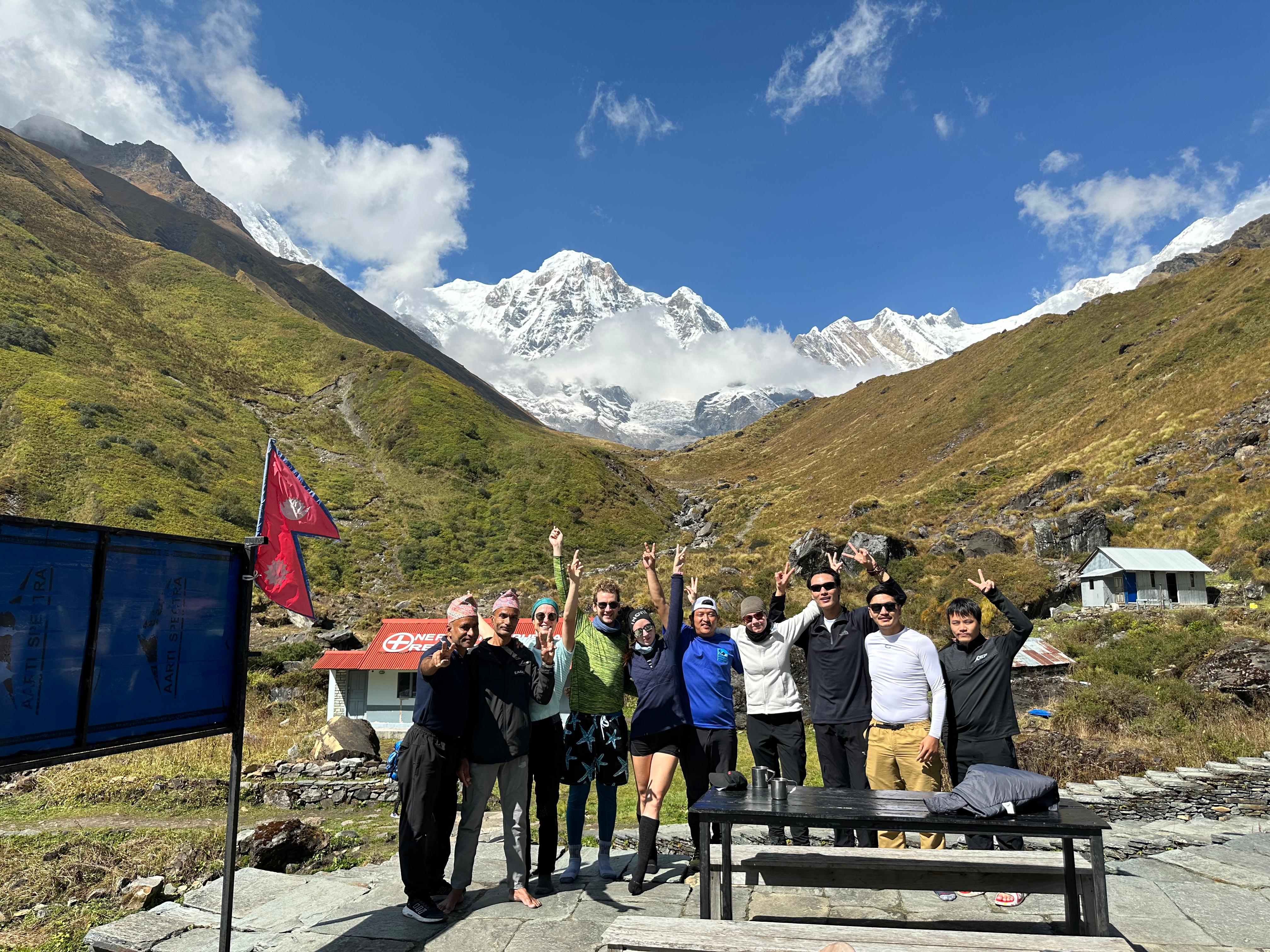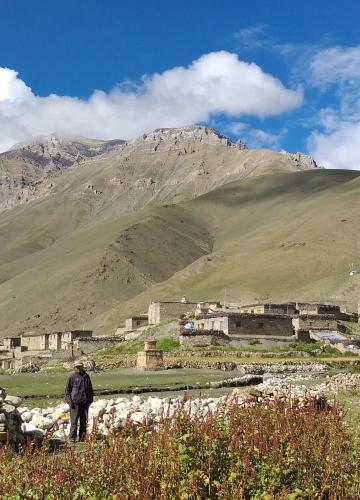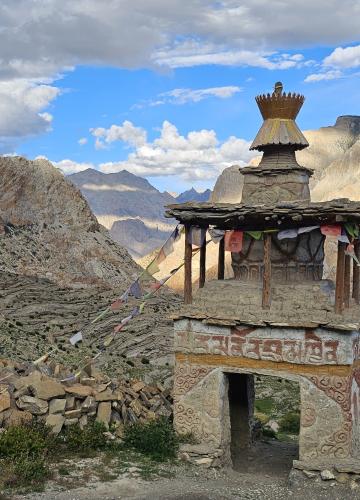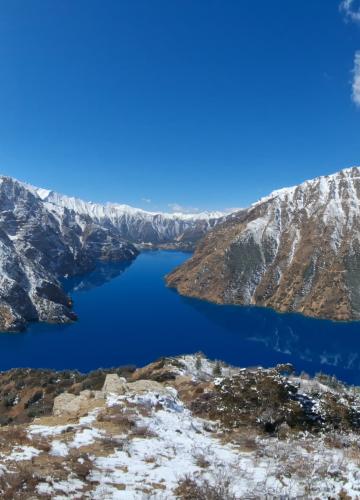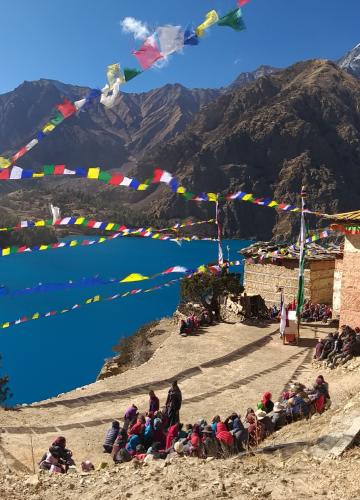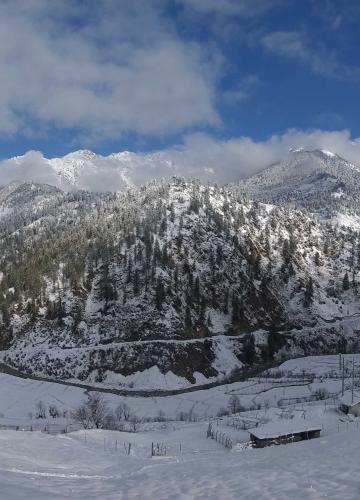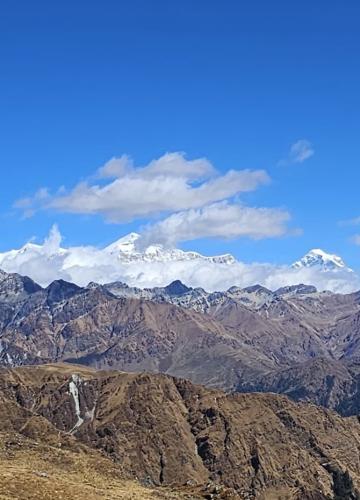The Annapurna Circuit Trek is a renowned trekking route in the Annapurna mountain range of Nepal. Here are some key details:
1. Duration: The trek typically takes around 15 to 20 days to complete, depending on the starting point and pace.
2. Starting Point: The trek often starts from either Besisahar or Bhulbhule, both accessible by road from Kathmandu.
3. Highlights: Stunning views of Annapurna, Dhaulagiri, Machhapuchhre, Manaslu, and other peaks; diverse landscapes ranging from subtropical forests to alpine terrain; crossing Thorong La Pass (5,416 meters), one of the highest trekking passes in the world.
4. Difficulty: The trek is considered moderately difficult, with some challenging sections, especially crossing Thorong La Pass. It's suitable for trekkers with a good level of fitness and some prior trekking experience.
5. Permits: Trekkers need to obtain the Annapurna Conservation Area Permit (ACAP) and Trekkers' Information Management System (TIMS) card before starting the trek.
6. Accommodation: There are teahouses and lodges along the route offering basic accommodation and meals. Camping is also an option, but most trekkers stay in teahouses.
7. Altitude Sickness: Since the trek involves significant altitude gain, it's important to acclimatize properly and be aware of the symptoms of altitude sickness.
8. Best Time to Trek: The peak trekking seasons are spring (March to May) and autumn (September to November) when the weather is clear and the views are spectacular.
9. Guides and Porters: While it's possible to trek independently, many trekkers opt to hire guides or porters for navigation, cultural insights, and support with carrying gear.
10. Emergency Evacuation: Trekkers should have insurance that covers emergency helicopter evacuation in case of altitude sickness or other emergencies.
11. Packing: Essentials include warm clothing, a good pair of trekking boots, water purification tablets, sunscreen, a first aid kit, and a sturdy backpack.
Remember to check for any updates or changes in regulations before embarking on the trek.
